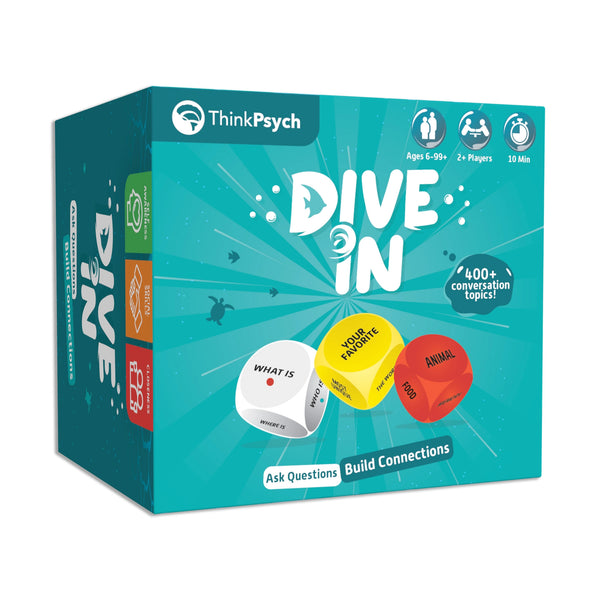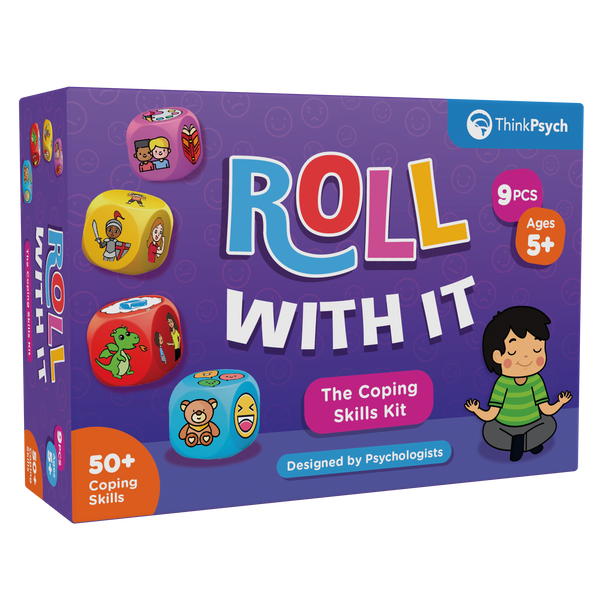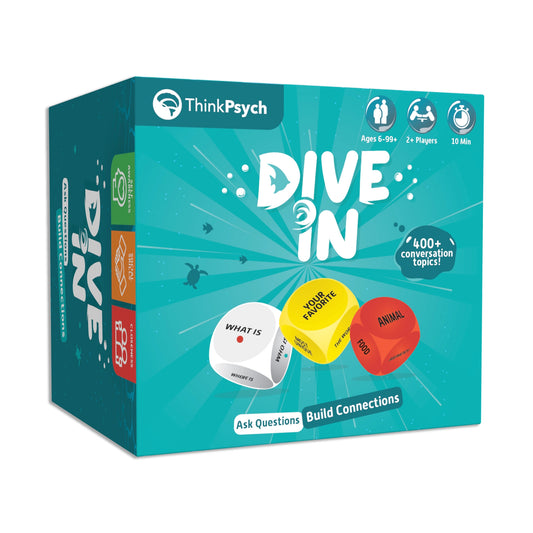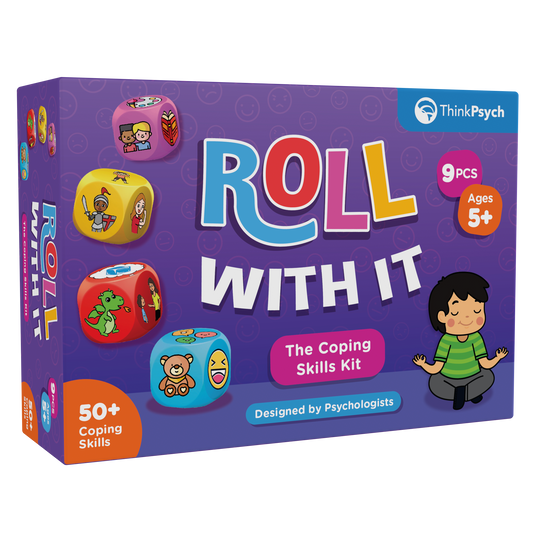
A Guide to Differential Reinforcement in ABA
Share
Differential reinforcement is an evidence-based procedure used in ABA therapy. Differential reinforcement procedures can increase adaptive behaviors while simultaneously decreasing behaviors that interfere with one’s learning or quality of life.
What is Differential Reinforcement?
Differential reinforcement combines two core ABA principles: extinction and reinforcement. Certain behaviors are reinforced, while others are placed on extinction. This increases occurrences of positive or adaptive behaviors while decreasing maladaptive behaviors.
Reinforcement
Reinforcement is the process of adding or removing stimuli (reinforcers) following a target behavior. The presence or removal of the reinforcer results in an increased future likelihood of that behavior. A reinforcer can be anything- An activity, a tangible item, social attention, etc. Check out our guide with 101 reinforcement ideas.
Extinction
Extinction is a procedure used to reduce challenging behaviors without punishment. In an extinction procedure, behaviors that previously received reinforcement are no longer reinforced, resulting in a gradual decrease in the behavior.
Types of Differential Reinforcement
Five differential reinforcement procedures are commonly used in ABA therapy. Let’s review each one with examples.
Differential Reinforcement of Other Behaviors (DRO)
The differential reinforcement of other behaviors (DRO) procedure reinforces the absence of a target behavior, while withholding reinforcement when the target behavior is demonstrated. When using a DRO, the therapist provides reinforcement when the child engages in any behavior other than the target behavior.
Let’s consider an example. Imagine a child engages in frequent aggressions consisting of hitting and pushing peers. A DRO procedure would entail reinforcing any behaviors the child demonstrates other than aggression. This means the child could engage in other harmful behaviors while still receiving reinforcement. DROs can become tricky as we might inadvertently reinforce other challenging behaviors. Nonetheless, DRO procedures can be very effective when well planned.
Differential Reinforcement of Alternative Behaviors (DRA)
A DRA procedure is similar to a DRO, but instead of reinforcing any other behaviors, we reinforce a specific alternative behavior.
Consider our previous example of a child who frequently becomes aggressive. Using a DRA, we would deliver reinforcement when the child engages in a particular alternative behavior. The alternative behavior would depend on the function of the child’s behavior. For example, if this child pushes peers to gain attention, an alternative behavior could be greeting or asking the peers to play. When the child greets their peers, reinforcement is provided, and reinforcement is withheld when they push or hit their peers.
A DRA procedure can be very beneficial for decreasing a particular behavior while reinforcing a specific alternative behavior.
Differential Reinforcement of Incompatible Behaviors (DRI)
In a DRI procedure, we reinforce incompatible behaviors while placing the target behavior on extinction. An incompatible behavior is one that cannot physically co-occur with the target behavior.
Let’s continue with our aggression example. Consider what behaviors cannot coincide with hitting and pushing. Any behaviors that occupy one’s hands cannot co-occur with hitting and pushing. For a child who pushes peers, a DRI might consist of reinforcing the child when they occupy their hands with a fidget tool or a stuffed animal.
While differential reinforcement of incompatible behaviors can be beneficial, it is not always the best option. Identifying incompatible behaviors that are functional and appropriate for the learner can take time and effort.
Differential Reinforcement of Low Rates of Behavior (DRL)
A DRL is a great choice for behaviors that don’t necessarily need to be eliminated altogether but do need to decrease. In A DRL, we reinforce predetermined lower levels of target behaviors.
Since aggressions are not a behavior that is acceptable at all, let’s use a different example for the DRL. Imagine a child who requests a break every two minutes during a non-preferred task. Asking for a break when overwhelmed is a great advocacy skill. However, this may interfere with the child’s ability to learn and participate when it occurs at such a high rate. A DRL procedure could be implemented to decrease the rate of manding for a break by increasing the interresponse time of the mands. For example, the baseline for this behavior is 2 minutes. In this case, we might provide reinforcement if the child tolerates the activity for 2 1/2 minutes before requesting a break, then 3 minutes, and so on.
Differential Reinforcement of High Rates of Behavior (DRH)
In each of the previously discussed differential reinforcement procedures, the primary goal was to decrease a target behavior by reinforcing other behaviors. In a DRH, the goal is to increase the rate of a target behavior. We can do this by providing reinforcement when a pre-determined rate of the behavior is achieved.
Here’s an example of a DRH. A child who attends school eats very slowly. This child has 20 minutes to eat lunch, which results in him often not finishing all of his lunch or getting extra time to finish, which cuts into recess (And, of course, recess is his favorite part of the school day). A DRH could be implemented to decrease the time between bites to encourage quicker eating. The child’s paraprofessional provides social praise when the child takes bites at a pre-determined interresponse time, faster than their baseline.
If you’re looking to increase the rate of a target behavior, a DRH could be a great option.
Shop ThinkPsych Products
Choosing a Differential Reinforcement Procedure
Which differential reinforcement procedure to use will depend on a number of factors, such as
- The target behavior
- The baseline levels of the target behavior
- Whether the goal is to increase or decrease the behavior
- The long-term goals
- The function of the target behavior
- Alternative behaviors that are in the child’s repertoire
- The child and stakeholder’s preferences
Each differential reinforcement procedure has research supporting its effectiveness. However, choosing the procedure that makes the most sense, given the child’s unique circumstances, is vital.
References
Cooper, J. O., Heron, T. E., & Heward, W. L. (2019). Applied Behavior Analysis (3rd Edition). Hoboken, NJ: Pearson Education.
Dalphonse, A. (2022, December 12). Differential reinforcement: A complete guide. Master ABA. Retrieved December 20, 2022, from https://masteraba.com/differential-reinforcement/

















